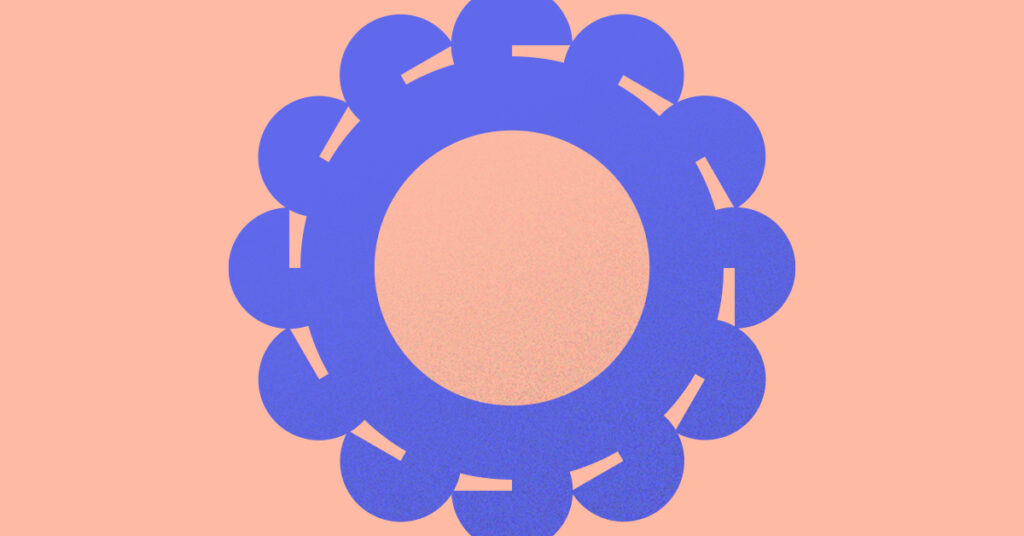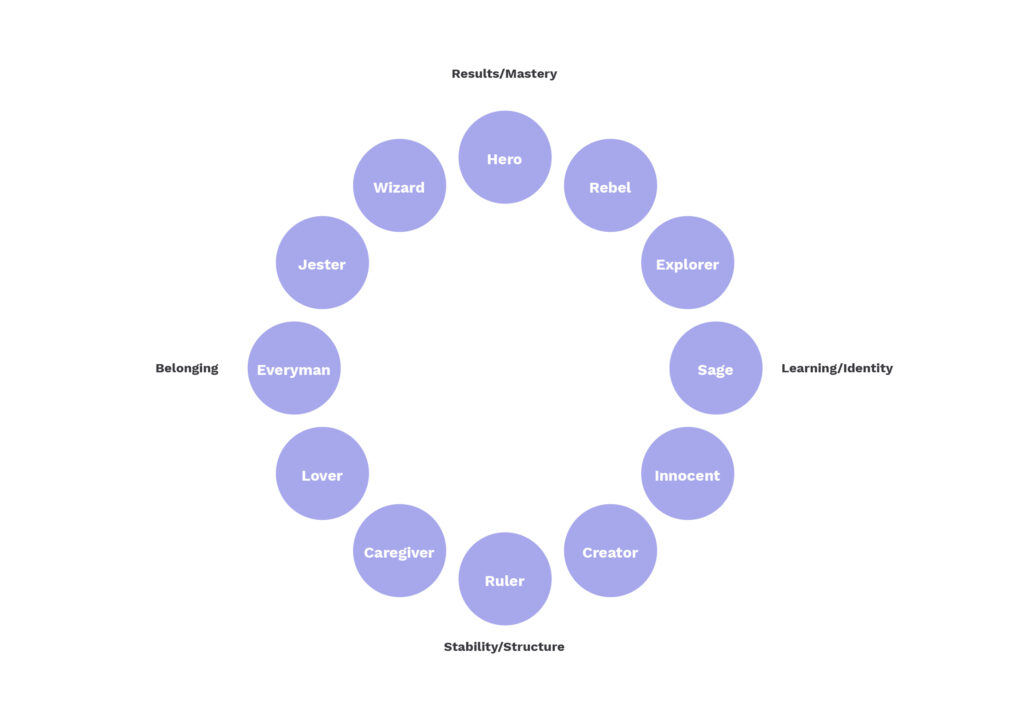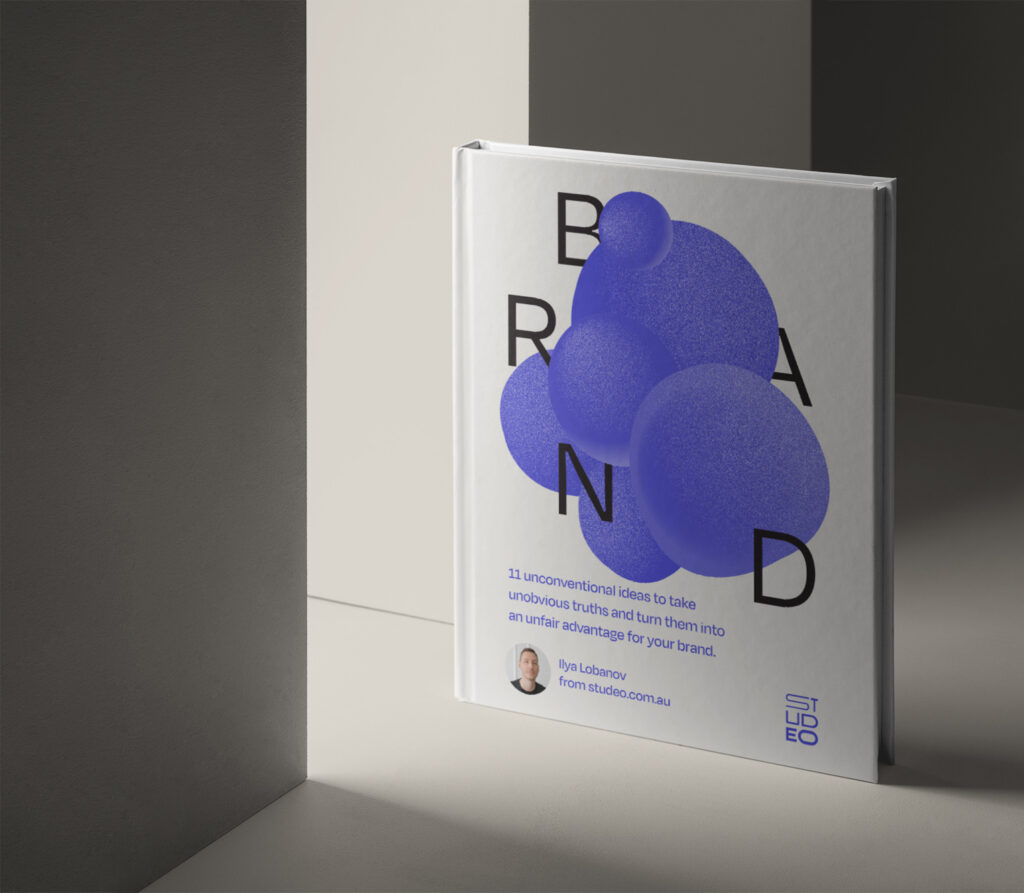Are Brand Archetypes Useful or Utter Nonsense?

Almost 8 years ago to the day, I was sitting at a round table as a brand agency owner was introducing me to my new team.
I felt excited, nervous, and scared, all at the same time. That meeting was later described as baptism by fire by my manager and everyone who participated.
As the intros and ice-breakers were over and done with, I was first introduced to the concept of Brand Archetypes.
I remember having an out-of-body experience. The agency owner was obviously passionate about the topic, and her ‘pitch’ was infectious.
I always felt determined on building brands that had meaning, and so my initial response was amazement. Why weren’t archetypes the accepted standard for defining brands? They just made sense.
Fast forward to today, and I’m not surprised that so many other marketing and branding professionals have bought into the idea. I was hooked too – after that initial meeting, I went on to spend the next 5+ years bringing brand archetypes to life.
If you aren’t familiar with them, a simple search will reveal hundreds of articles about brand archetypes and why they are the tool you need as a brand builder, including several written by me.
Those 5 years have taught me many lessons about brand archetypes. And whether you think they are complete nonsense or are indeed useful, I’d like to share my learnings with you – the good, the bad, and the ugly.
What’s so special about Brand Archetypes?
As humans, we are drawn to those who share our values. And early advertisers were clever (or manipulative) enough to recognise that linking products and services to people’s unconscious desires was a way to create those associations with brands.
Advertising, marketing, and branding folk always look for shortcuts to get their brands ahead. And it just so happens that archetypes are a great tool for communicating what brands want to be associated with.
Why?
Because if you think of concepts like the Hero, Rebel, or Caregiver, they can instantly conjure up a set of character traits and motivations each character represents.
They can make us feel something. Something intrinsic and primal.
“Objects or actions which survive for generations must be good at serving some hidden purpose…they correspond with something deep in our nature.” – Nassim Nicholas Taleb, Antifragile
The agency with the passionate owner where I worked defined its entire Brand Strategy framework around Brand Archetypes. This left me feeling frustrated, as I see brand archetypes as a useful but limiting tool, and you can’t let them inform your entire strategy for building a brand.
But even despite my frustration and the fact that most academic marketing experts dismiss the notion of brand archetypes altogether as quasi-scientific, one thing is true.
Archetypes provide an extremely reliable way to communicate a feeling or an idea quickly and efficiently, thanks to their intrinsic qualities.
Most branding tools get dismissed as bullshit
Speaking of the aforementioned academic marketing experts.
If you haven’t yet come across The Definitive Marketing BS Index or The All-Time Marketing BS Index, I invite you to see if you can spot your favourite marketing tool on the list.
Golden Circle, anyone?
“There is always a well-known solution to every human problem – neat, plausible, and wrong.” – H.L. Mencken
As we live in such a nuanced and complex world (everyone has a unique view of the world), finding a ‘golden answer’ that solves everyone’s problem is highly improbable.
So naturally, the critics will always find a way to destroy a theory (helping their own sense of self-grandeur and importance).
Let’s take a quick look at the nuance of one of such frameworks that is easily dismissed. Abraham Maslow’s Hierarchy of Needs.
The key argument against the framework is that our human needs do NOT act like levels in a computer game, as the pyramid suggests. We don’t go through life upgrading our needs one level at a time.
What most don’t realise is that Maslow never intended for his framework to be depicted as a pyramid – it just made a nice diagram for publishers to use in the textbooks.
Maslow believed that we have satisfied and partially unsatisfied needs at different levels, and the order in which our needs emerge is not fixed.
The moral of the story is this. Don’t believe any framework that claims to be the answer to all branding problems. But at the same time, do lean into the strengths of a framework if it has provided you with useful and successful outcomes with building brands before.
Biggest criticisms of Brand Archetypes
If you do a Google search like ‘what archetype is Apple’ you’ll find plenty of examples where keyboard warriors and wannabe analysts marry some of the biggest brands to a particular archetype the same way Simon Sinek advocates for a must-have WHY in your brand.
With a healthy dose of confirmation bias, and zero context or nuance considered.
You’ll find an equal amount of articles that claim that Apple is a Creator archetype and articles adamant Apple is a Rebel.
You can then see why it’s easy to criticise and dismiss the framework.
Others reference brand archetypes as the opposite of branding. Associating with a singular (and generic) archetype just doesn’t make sense when you’re trying to differentiate.
After all, they say, if we looked at popular culture and storytelling, even explorer archetypes like Indiana Jones are much more nuanced, with sprinkles of Rebel and Sage characteristics.
So as a business owner or a brand builder you might be forgiven for the confusion – what are you meant to do with this stuff?
Do you scrap every branding tool out there, including Brand Archetypes?
Using Brand Archetypes to your advantage
So, as you are now aware, there is no branding tool out there that hasn’t copped a beating.
And if you make peace with that notion, and still feel intrigued or compelled by Brand Archetypes, let me share some of my key learnings and findings with you.
These will help you negate the cons and amplify the pros of this tool and ultimately supplement your branding process.

- Multiple archetypes per brand. Yes – humans are much more nuanced than being just one ‘archetype’. And brands can be too. Not because ‘brands are just like people’, but because brands are built by people (founders, managers, leaders). People who are nuanced and complex. It’s okay to have layers of personality.
- Dominant archetype. When I work with businesses I help to determine the dominant brand archetype (along with their traits and characteristics). The dominant archetype can define the overarching brand personality as well as its tone of voice. Just like you might be seen by others as predominantly caring, or serious, or something else, it makes sense to lead with that dominant tone of voice for brand consistency’s sake.
- Archetype layers. In addition to your dominant brand archetype, find complementary archetypes that your brand can also represent. Just like our Indiana Jones example above, perhaps your brand is a tad mischievous at times, but also wise and sage-like when needed. Looking at the brand archetype wheel above, these additional archetypes will tend to be adjacent to your dominant one. Explorer, for example, is surrounded by Sage and Rebel (like Indiana Jones). This is why we see contradictory articles about the archetype Apple or The Walt Disney Company use. The Archetype doesn’t need to lock you into a singular monotone personality, rendering you talking like a robot. These additional layers of your brand personality can help to tailor specific ad campaigns, inform a new product range, or help to structure how a certain department interacts with customers. In extreme cases, we’ve even used an archetype that sits on the opposite end of the wheel to tailor the messaging for a cut-through marketing campaign. When used strategically, it can help to ‘spice’ up your marketing.
- The tone of voice. Your dominant AND your secondary archetypes can help to inform your tone of voice as a brand, as mentioned above. For example, as an Explorer Brand Archetype, your tone of voice might be Motivational and your secondary Sage archetype would add a Knowledgeable dimension to it. Think of your tone of voice as all the different ways you express the layers of your brand personality. Tone can vary depending on the people we talk to, as well as the situations in which we talk to those people. For example, you might speak differently to a family member than a neighbour. You might also speak to your family members in different ways if they were sad, happy, or frustrated.
- Visual brand identity. Much like the tone of voice and your brand personality, your visual brand identity can be informed by your Brand Archetype/s. I typically lean into the dominant archetype here and try to distill the essence of the brand personality into a couple of core concepts. Do I want to communicate strength, confidence, and empowerment (like with this hero brand), or does the brand I’m creating stand for transformation and magic (like this brand with a wizard personality)? Hopefully, those examples give a glimpse of how a brand archetype helped me to boil down and communicate the visual essence of a brand.
So, if after all that you’re still left wondering whether Brand Archetypes is going to be a useful tool for you as a brand builder, I invite you to start taking mental notes whenever you’re watching a movie or reading fiction.
Can you recognise specific archetypes in the story? And can you see how those are used as ‘vehicles’ for building a story that’s relatable, meaningful, and makes you feel like you’re a part of it?
And if so, ask – do you want your brand to be able to do the same?
Enjoyed this article?
Please share this article with just one person you think might enjoy it. And if you found this article insightful consider signing up for Studeo Insider emails and receive more insights like this, once a month.
